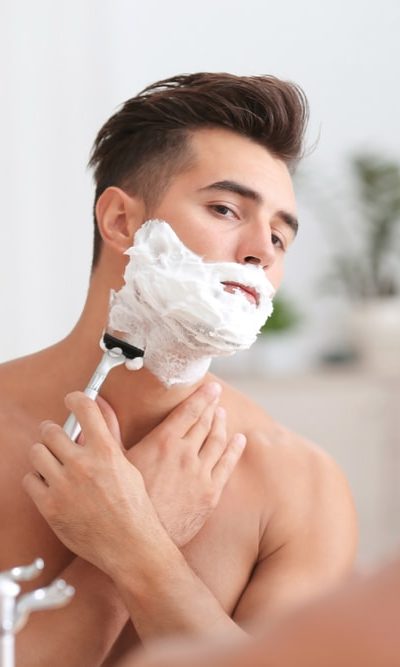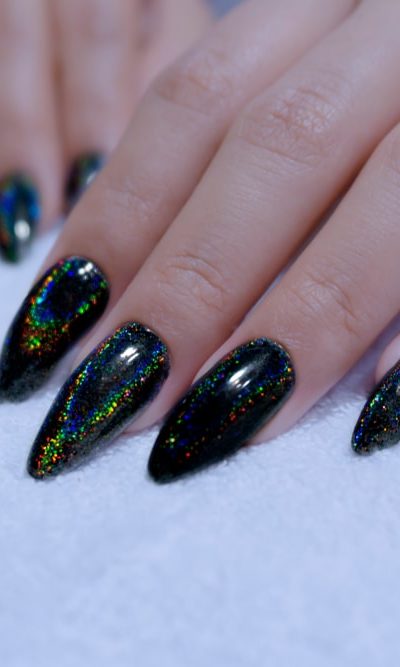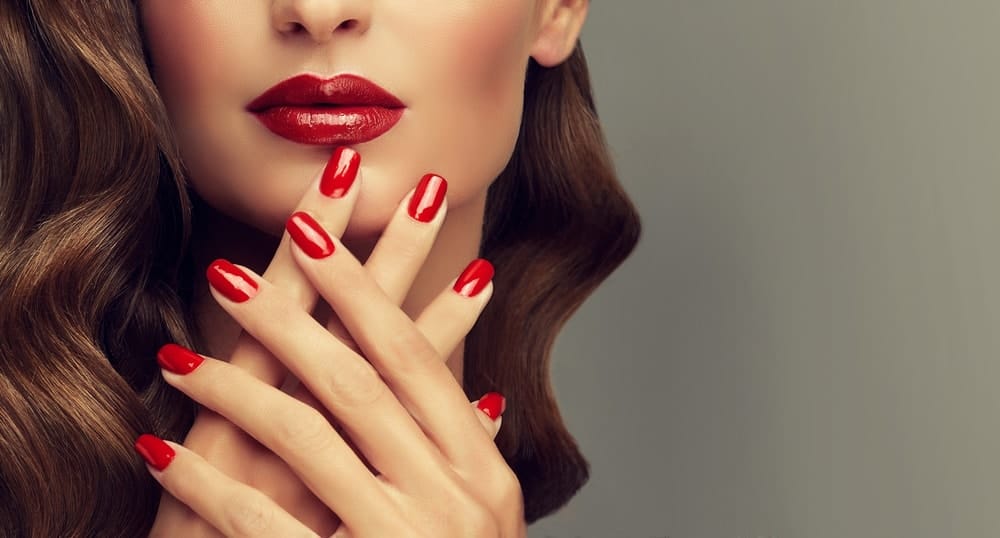
Since the dawn of time, even before man, animals existed in the wild with claws and paws to protect them from danger and serve a host of other purposes. Health care experts believe that human fingernails evolved overtime and share similar characteristics.
While some don’t really think about the purpose fingernails serve, it’s important to understand why we have them and how the health of our nails could be an indication of our overall health.
What’s The Difference Between Claws & Nails?
If you’re curious as to why we evolved to have finger and toenails instead of claws, the answer is simple: nails allow human beings to do things we simply wouldn’t be capable of doing with claws.
Think of an animal — such as a dog — and compare your nails to the claws of that animal. Your nails flat, a bit rounded at the end, and wide. They’re also located on the tips of your toes and fingers. Claws, on the other hand, are curved, pointed, and thin. They also wrap around the toes and “fingers” of the animal.
With nails, you’re allowed to pick up and hold on to small things such as bottle caps and batteries, scratch stickers off of new products, or flick bugs off of you. Could an animal do these things? Nope! Having claws simply makes it nearly impossible to do the things humans do such as washing, holding objects, and eating food.
What claws do provide is a way to climb trees and add protection for things found outdoors and in the wild. This is why primates also have nails. They dig things — as do we, although we use tools instead of our nails — and grip onto things just like humans do.
What Other Purposes do Fingernails Have?
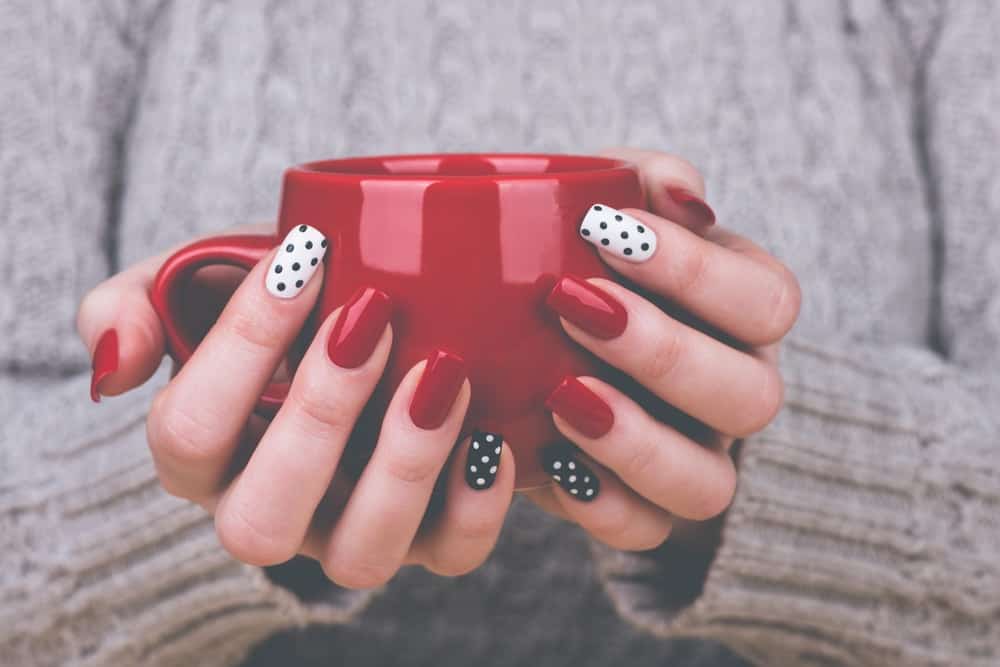
Fingernails support your fingertips just like how they do with other primates, says an anthropology professor from the University of Wisconsin-Madison.
Humans have wider fingertips than other primates and they have essential roles for your body such as:
1. Adding Protection
Bacteria and viruses cannot easily enter the body because of fingernails so if a nail bed is destroyed, the risk increases for infection.
2. Adding Sensation
FIngernails may not seem as sensitive as the fingertips but there is a fine network of nerves under it.
They may not be essential for survival but they make doing things a lot easier. If they rolled backward if you held something, that would be scary but their presence and hardiness prevents this occurrence.
3. Enhancing Motor Skills/Movements
Your fingernails enable you to scratch your head and separate pages in a book more easily and they allow you to pick up items.
4. Strengthening
Fingertips are one of the strongest parts of the hand because of their strong external covering: the fingernail. They make doing daily work less dangerous because the small blood vessels that supply can continue their blood flow even when you’re tightly gripping something.
What Fingernails Are Made of
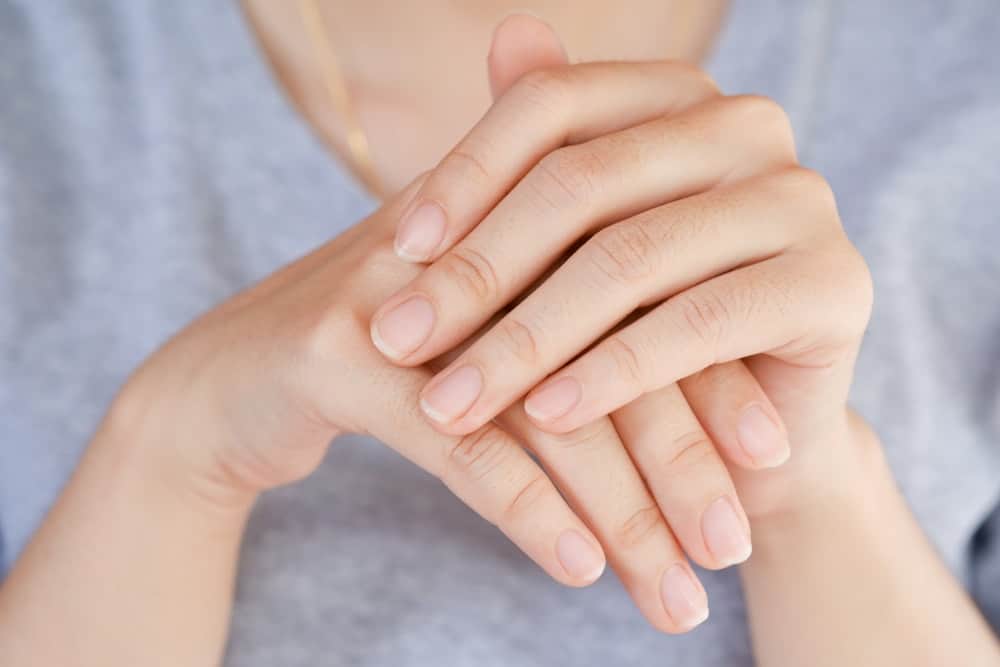
Keratin is a kind of tissue full of proteins and it is the bulk of fingernail layers that can also be found in hair and horse hooves. How the keratin cells are structured can change the hardness and texture of the fingernail and nail layers are made of keratin with different consistencies that become a protective barrier for the fingers.
Keratin cells are dead, that’s why we can clip our nails but they were once living cells that needed to be nourished to survive. That’s why changes in their appearance could signal different ailments.
What if Humans Didn’t Have Nails?
Beyond the fact that nails salons across the globe would cease to exist, if humans did not have fingernails or toenails, we’d simply have an area of soft skin at the end of our fingers. This would make it difficult to hold and grip objects and leave room for bacteria to grow as well.
What Your Nails Can Tell You About Your Health
Fingernails may give telltale signs of underlying medical problems. Doctors even use them to come up with possible diagnoses.
If you’re experiencing nail disorders, this could indicate you are suffering from an underlying health condition, such as:
Black Band or Line
Some people may already have this for beforehand but if you suddenly find a vertical light or dark brown line, you could have subungual melanoma, which is found in the fingernail and goes further down. Other symptoms include brittleness, bleeding, and cracking.
Clubbing
When the fingernail has a curved, rounding appearance, it is the result of clubbing which indicates low oxygen levels that could mean chronic lung disorders.
Concavity
When the nails bend upwards at its sides and form a U shape, this is called concavity or koilonychia and it can be found in people with chronic iron deficiency.
Pitting
Various, shallow depressions in the nail are caused by pitting, which may be a result of alopecia areata and psoriasis.
Pincer
If your nail side edges look almost as if they’re trying to touch and are very rounded, they are called pincer nails which can be caused by aging and taking beta-blockers.
Horizontal Lines
Fingernails normally have vertical lines but when horizontal lines with a pale, whitish tone to the nail plate are called Muerhrcke’s lines. These may be found in people with low albumin, an important transport protein.
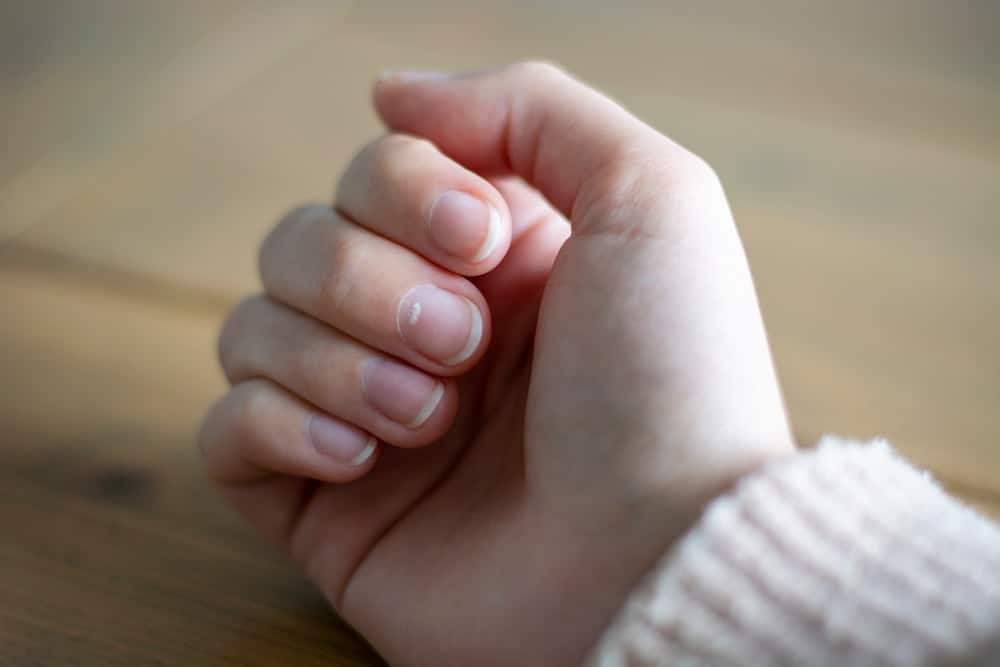
Conclusion
Generally speaking, healthy nails are slightly rounded with shallow and small vertical lines. They are also pink at the nail beds. If you think you may have unhealthy nails, it’s important to discuss this with a healthcare professional who can help diagnose any underlying health condition you might be dealing with.


